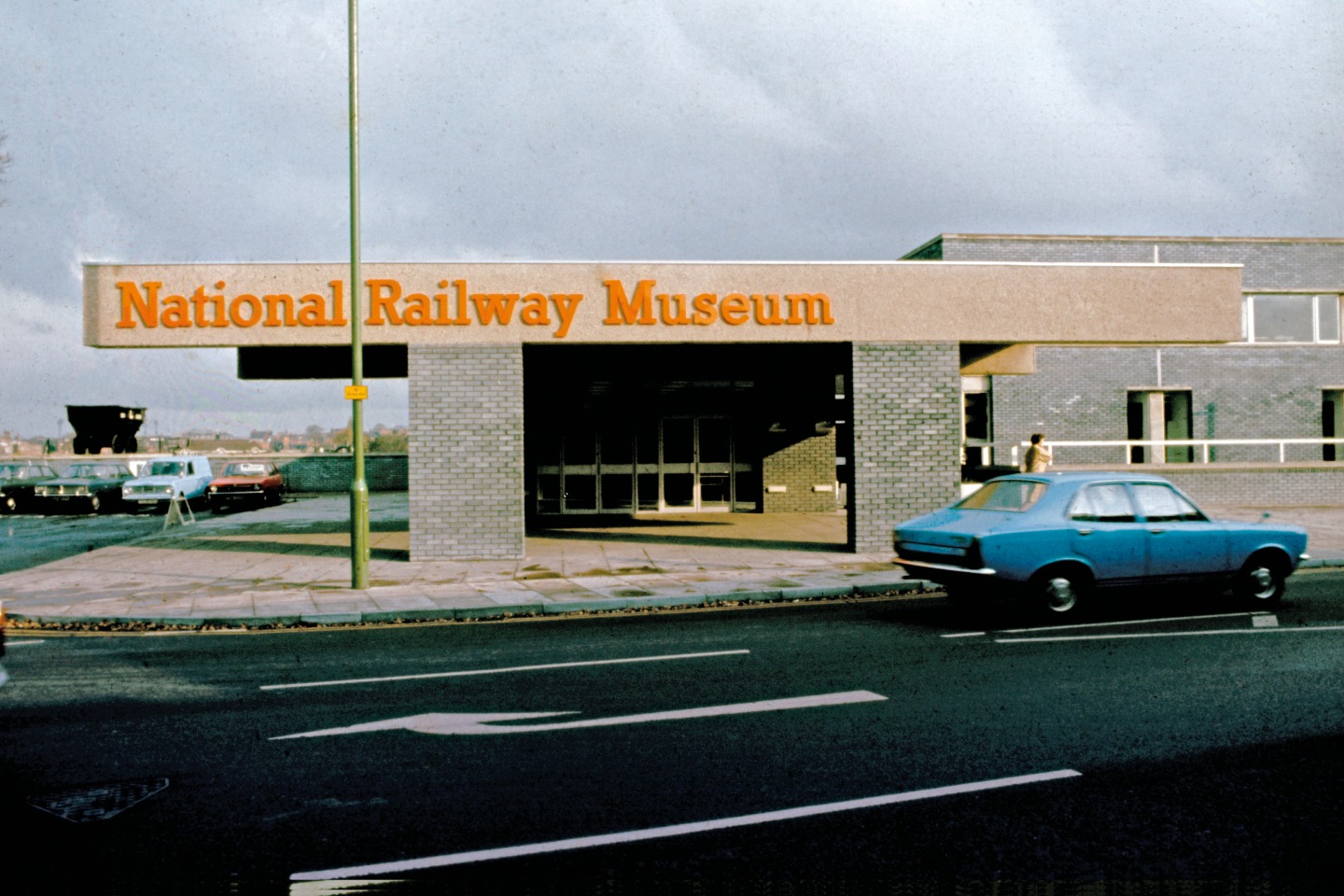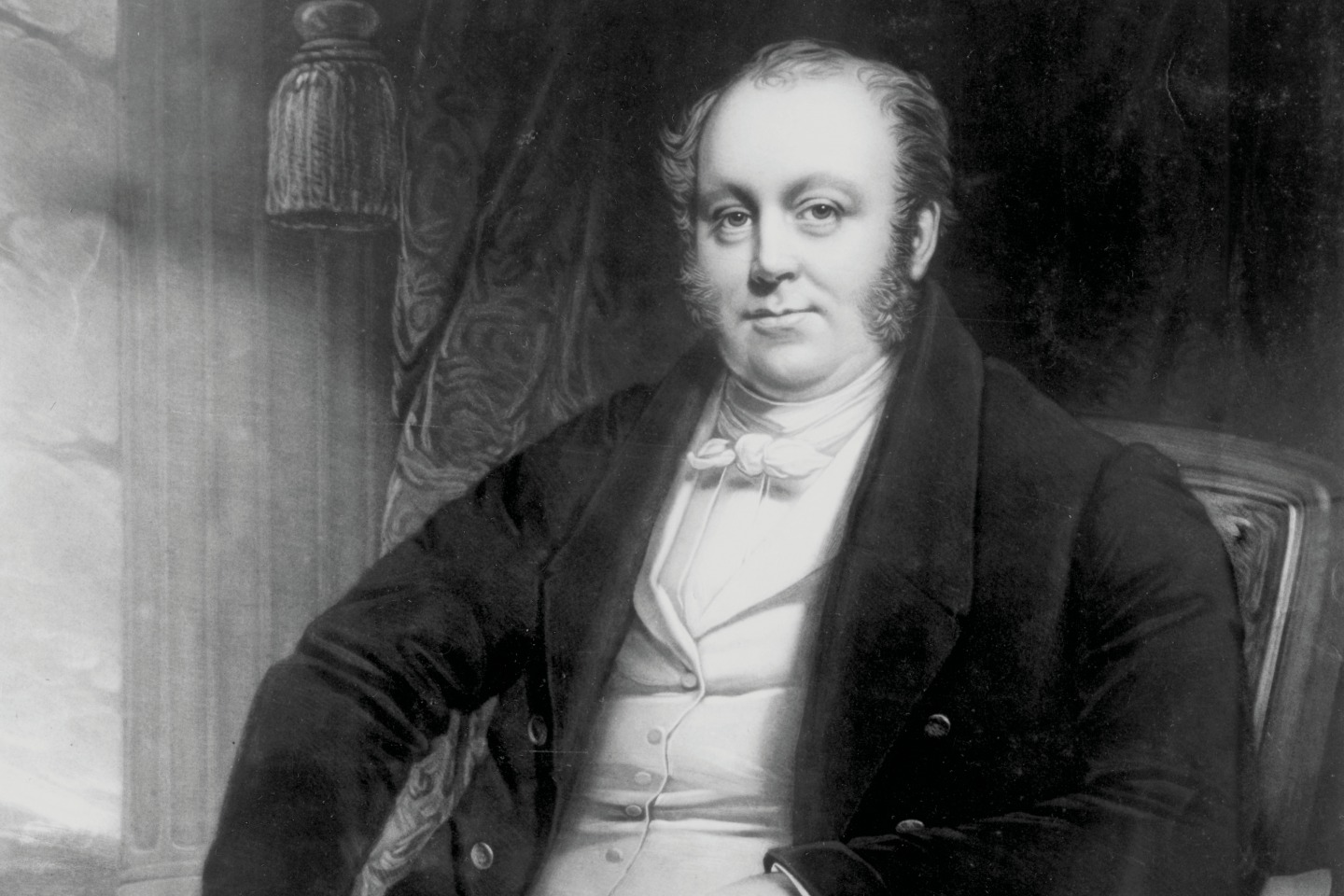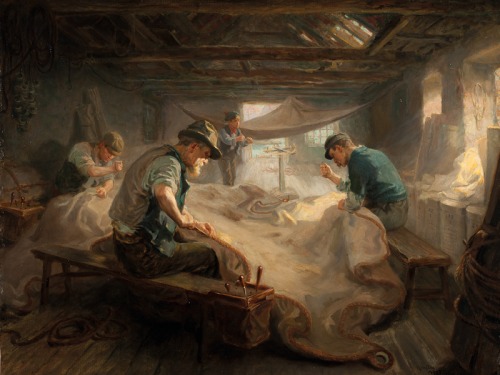What The Railways Mean To Yorkshire
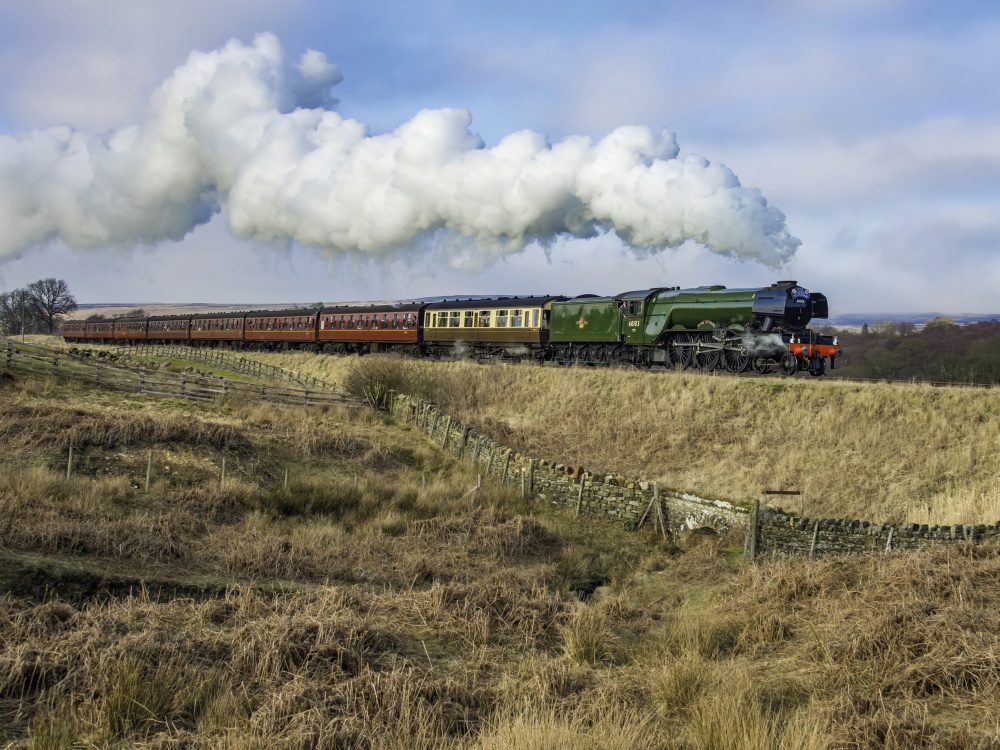
This year marks the 200th anniversary of the modern railway system in the UK
Human ingenuity meant that by the 1700s miles of wooden track was used to haul coal across the North (with help from horses), but the first passenger steam train journey in the world took place in 1825, when George Stephenson’s steam-powered Locomotion No. 1 travelled 26 miles between Shildon, Darlington and Stockton, carrying hundreds of passengers. Anthony Coulls, the Senior Curator of Rail Transport and Technology at the National Railway Museum, takes us back to that defining moment in history.
‘It brings so many ingredients together that make up the modern railway and it’s the birth of the railway system, because people start seeing that they can send their own goods to market via railway rather than relying on horse and cart or pack horses,’ he explains. ‘Their goods go further, their animals can go to market, the coal goes out to export and it revolutionises the way that people live because previously folks had pretty much gone only as far as they could within a day’s walk or ride or a few hours of that. They lived, worked and died within five miles of where they were born. The railway changes all that. You see the growth of the industrial towns and the way that they’re all linked in together. That all stems from the Stockton & Darlington Railway. Five years later we’ve got the first intercity passenger railway where people are traveling fast between Liverpool and Manchester.’
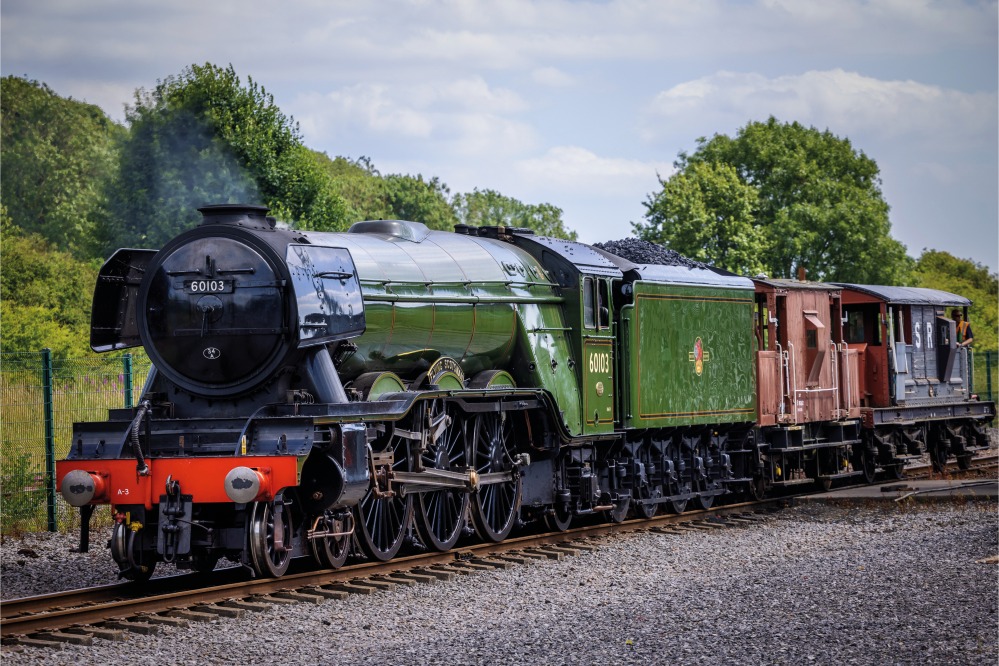
The York and North Midland Railway opened in 1839, connecting York with the Leeds and Selby Railway, and in 1840 the line extended to meet the North Midland Railway at Normanton near Leeds. Anthony says this changed the way that York looked forever. ‘They punch holes in the city walls to build their station within the city. Can you imagine doing that now in the 21st century?’ he laughs. ‘Taking this great monument of a previous time and sticking holes in it so you could put your modern technology through! At that stage York station was to be a terminus. They hadn’t really thought about the idea of going further north and east. But of course that initial station is soon outgrown and people are saying, “let’s go faster, go past and go through”.’
The York and North Midland Railway’s first chairman was railway financier George Hudson, who became known as ‘The Railway King’. He was responsible for persuading George Stephenson to route the rail line from Newcastle to London through York rather than bypassing it on the way to Leeds. ’People are very keen to discredit him and say that he was a crook and focus on how he ended up in debt and imprisoned. But if you think about somebody who’s an entrepreneur of the time grabbing hold of this new technology and seeing investment opportunities in it, York and the railway system owes a massive debt to him,’ Anthony argues,‘… despite the fact that it all got to his head a little bit.’
York has always been a very important city for communications and trade, but that became ever more true as the railway lines extended. That includes the growth of the Derwent Valley Light Railway (or Farmers’ Line) between York and Selby built for farmers. ‘There’s the growth of servicing locomotives, York North Depot and York Carriage Works, the great locomotive works for the London North Eastern Railway (LNER), and the South Yorkshire Coalfield,’ Anthony adds. ‘The power for the railway is mined in the county and the locomotives are developed, especially to burn Yorkshire coal. The railway is pretty much self-sufficient within the county from north to south.’
Anthony believes we’re currently in a golden age of the railway. ‘There are loads more people traveling by train than ever have before,’ he says. ‘We’ve got the Azuma trains of LNER going north and south using electric power. It’s an exciting time for Yorkshire, especially as we look at the connectivity of how you can now get to London in around two hours, and actually we’re in real good competition with the internal flight network. People will go down to London by train rather than fly from Leeds Bradford now. It’s a really good thing especially with the connectivity between those major cities of Leeds, York and Bradford – there’s huge investment in Bradford in transport, and it really does bring everything together. It’s an artery, not just of goods, but for people commuting, and that’s really important.’

It’s often said that to know where you’re going, you have to understand where you’ve come from and that’s key to the National Railway Museum, the largest museum of its type in Britain. ‘Everybody that was involved as an engineer or innovator or pioneer – they learned from somewhere,’ Anthony adds. ‘Something inspired them, something that somebody had already done excited them and it drove them forward with a curiosity and a passion. and that’s what we’re hoping the story of the past will do for our visitors. That they’re able to see the innovations, the experimentation and the forward thinking of everybody that went into the creation and operation of the railway network and famous and historic locomotives.’
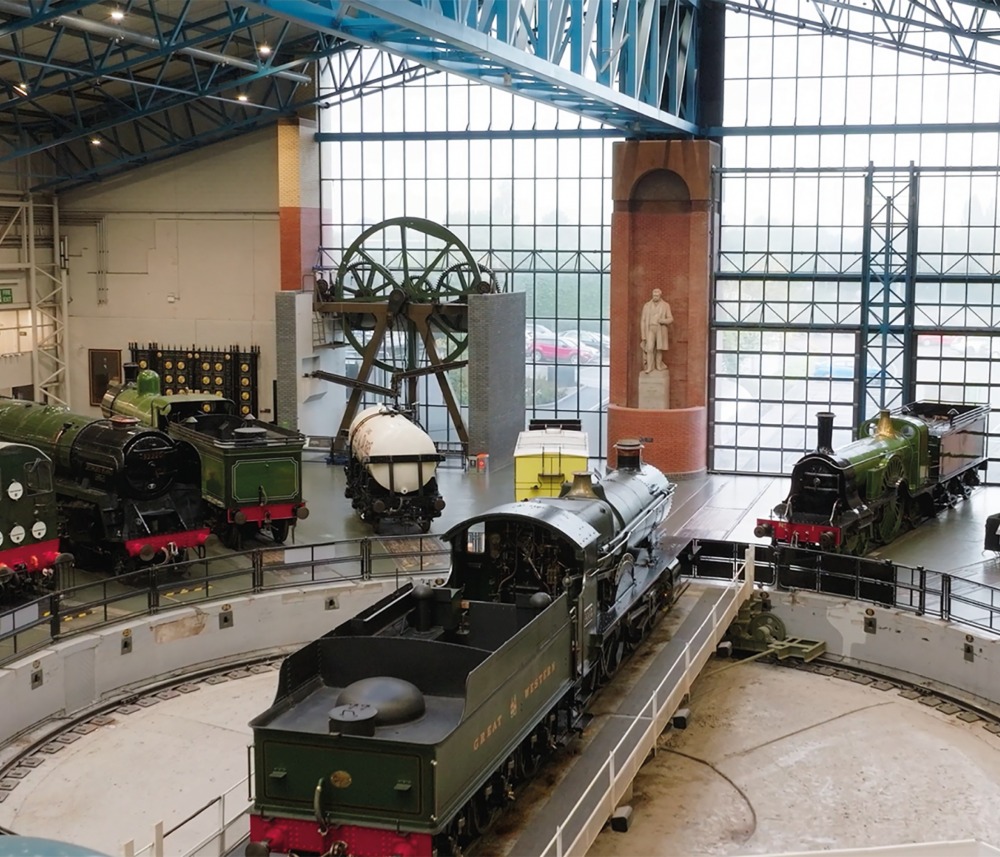
The National Railway Museum was opened by Prince Philip in 1975 to coincide with the 150th anniversary celebrations of the opening of the Stockton & Darlington Railway. ‘It’s always been something that’s there to celebrate the railways past, present and future,’ Anthony says. As ever the National Railway Museum will be celebrating this momentous anniversary. ‘This is our chance to get together as an industry to show how brilliant we are,’ he continues. ‘It’s something that’s accessible to all and through the museum we’re looking at various aspects such as railway firsts – all the different things that the railways led to across the UK and the world. There’s so many, from the first lady employed on the railways through to railways in films and popular culture and music, and how railways touch our lives even if people don’t actually travel by train.’
The museum has achieved plenty in its 50-year history, and in 2004 it bought renowned steam locomotive the Flying Scotsman, which was on display for visitors to see this April. ‘The Flying Scotsman is now intrinsically part of the museum,’ Anthony says. ‘When I first started, we didn’t own it and the two most often asked questions by visitors were “where are the toilets” and “where’s the Flying Scotsman?” The Flying Scotsman is an enduring symbol of the railway age in engineering, style and speed. To have it in the National Railway Museum is very similar to having a spitfire in an aircraft museum or a London taxi or Routemaster bus down in London – it’s our flagship really.’
The museum’s collection includes more than 1,000 model engines, carriages and other rail vehicles and equipment, but Anthony argues that it’s so much more than just the engines and carriages. ‘We’ve got a really fascinating project at the moment called People, Pride and Progress, which is looking at the story of LGBTQ+ employees and workers on the railway and their stories,’ says Anthony. ‘Without human stories, we’ve just got technical bits and pieces. People are the glue that hold the railway together and make it work. We’re increasingly telling the stories of railway workers, the managers, the engineers, the people on the ground, but also the passengers.’
Anthony hopes that by getting involved in celebrations this year, the public will learn more about how the railway is still very much a major form of communications and transport. ‘It’s as valid now or perhaps more valid now than it’s ever been and there is a real need for people to engage with the railway as a profession,’ he says. ‘The railway industry needs new engineers increasingly. That’s why we’ve got our Wonderlab in York and we hope that young people will come and learn about engineering principles and experiment and play, but learn through that so that the technology continues.’
Station Hall reopens in September following a refurbishment, just in time for the museum’s 50th birthday weekend when visitors will have behind-the-scenes access to the museum. From June, visitors can see the railways through the lens of the next generation with the Young Railway Photographer of the Year. Visitors can also celebrate 200 years of the railways by experiencing the museum’s impressive collection, including legendary locomotives such as Mallard, Shinkansen and Eurostar. Plus, Inspiration (the touring Railway 200 exhibition train curated in partnership with the National Railway Museum) will travel across the country throughout the year to share the past, present and future of the railways (see it at the museum from 23rd to 31st August).
